Simplicity Coimbatore , Rice and it’s wonderful varieties
When did we start thinking that of rice as an unhealthy ingredient ? Not only has it existed as part of this country’s diet for thousands of years but more importantly it is ‘the’ grain that is best suited to the Indian DNA in terms of digestion,absorption of nutrients and slow release of energy.
If that is true do you then wonder why it has received so much negative publicity in current wellness trends. The white rice grains that are bought nowadays by the majority of Indian homes for their daily sustenance is not the rice that was eaten by our ancestors. It is in fact a highly polished ,whitened ,nutrient less residue of what is actually harvested at the paddy fields!
Initiatives like like SEED CARE (wayanad),SAVE OUR RICE CAMPAIGN (by Thanal) are working hard to preserve what is left of our diverse rice grains. The agricultural lands of India were at one point in time responsible for breeding over 20,000 varieties of rice grains. Now thanks to the activists of the green revolution ,over the past 10 years,there is a conscious revival of at least 1000 varieties of rice grains.
When talking to Sreedevi Lakshmikutty (co-founder of Bio basics) she mentioned that while all of these rice grains may not be cultivated for immediate consumption they are vital to preserve the bio diversity for all creatures that ultimately affect the vagaries of the weather and other conditions on this planet.
Rice breeders and conservers are working tirelessly to bring back lost or forgotten grains into the Indian way of life.
Over the last 3 years we as a family have made a determined effort to understand the different rice grains that are available in our area here in Coimbatore.The reason being that each of these rice grains carry a different nutritional profile and contribute by adding minerals, vitamins and even flavonoids and polyphenols. Yes we don’t have to go hunting for any foreign grain to meet these health specifications.It’s available in plenty in our very own humble unpolished arisi.
By including between 10 to 20 different kinds of rice throughout the year, we will be adding essential micro nutrients that are responsible for the upkeep of physical and mental health.And better yet it will be ingested in a form that is not alien to the food memory that exists in our cells.
Some of the grains that we have tried are,Rajamudi , Navara, Kullakar red rice, Gandhakasala, Seeraga samba, Gobhindobhog, Karuppu Kavuni ,Sona Masuri ,Ponni , Ambasamudram idli rice and Mapillai samba.
These rice grains which were referred to as kai kuthal arisi due to the hand pounded method of removing the husk are high in dietary fibre,manganese,phosphorus, iron and selenium. The hand pounded process does lead to breakages which will be an added cost to the final packaging.Most of the unpolished and semi-polished varieties available today make use of different machine techniques like winnowing, hulling and sorting which facilitates in removal of husk while still keeping the bran and other essential nutrients intact.
It is advisable to eat a balance of unpolished and semi polished rice as Ayurveda does not recommend an excess of bran fibre for our current lifestyles. The rice grains that we choose to adopt to our diet must also be what is best suited to our individual taste buds and recipe requirements.
For instance;
the Gobhindhabhog , Seeraga samba (resembles cumin/seeragam in shape) and Basmati are all fragrant rices that are best suited for our pongals , flavoured rice and biriyanis.
Likewise the Gandhakasala is a highly nutritional scented variety ,that has existed for centuries due to it’s disease resistant properties and was used especially for feasts.
The Mapillai samba is rich in iron and zinc which helps the production of myoglobin and haemoglobin.
Navara is a medicinal rice grain that is a good weaning food for infants, can heal internal wounds and is beneficial for expectant mothers.Navara rice bran oil is used for treating skin afflictions.
Kullakar red rice is a hardy variety that strengthens and energises the body.It’s radical scavenging activity is higher due to the levels of polyphenols and proanthocyanidin. Therefore it is an antioxidant.
The Karuppu Kavuni arisi which is highly celebrated in the pongals and payasams of Chettinad is also high in dietary fibre and therefore allows for slow digestion and controlled release of sugar into the bloodstream.It is a favourite ‘dessert rice’ at our home.
Pullungal arisi is the parboiled rice where the rice goes through a process of soaking , steaming and drying within the husk.This allows the grains to retain nutrients and also changes the starch making it less sticky.
We believe it is vital to the health of Indians to make informed conscious choices when understanding the intake of their everyday staples.The quantity , quality and variety of rice is what will determine healthy longevity of the body. Processed white grains eaten in large quantities is the culprit for obesity and diabetes.In educating yourselves you will be supporting sustainable farming , the eco system and improving the family’s health.Now isn’t that more than worth your while ?
Diverse rice grains are available at
Orga foods 0422 4382929
Namma ooru sandhai (1st Sunday of each month)
Bio basics 9677640246

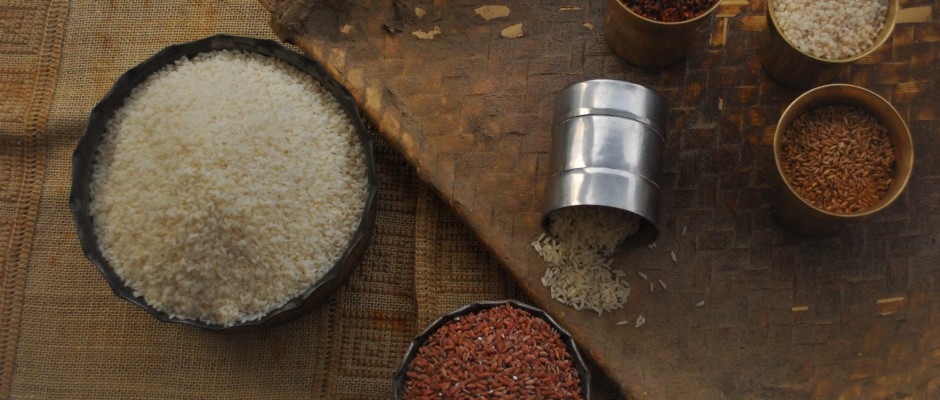
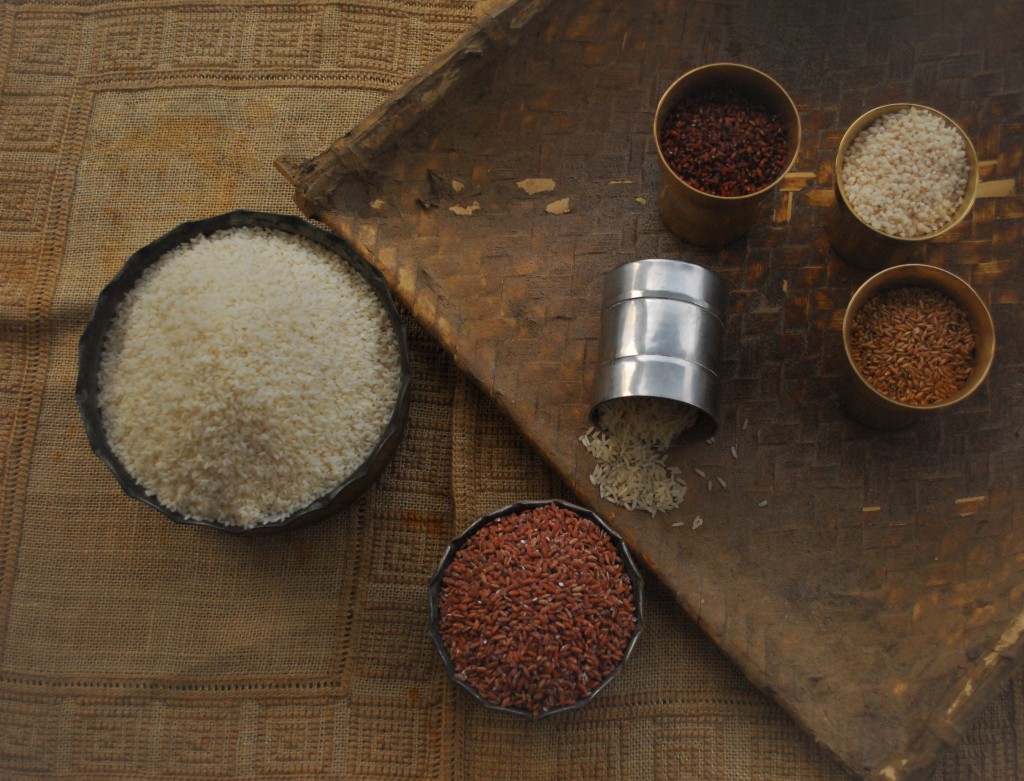

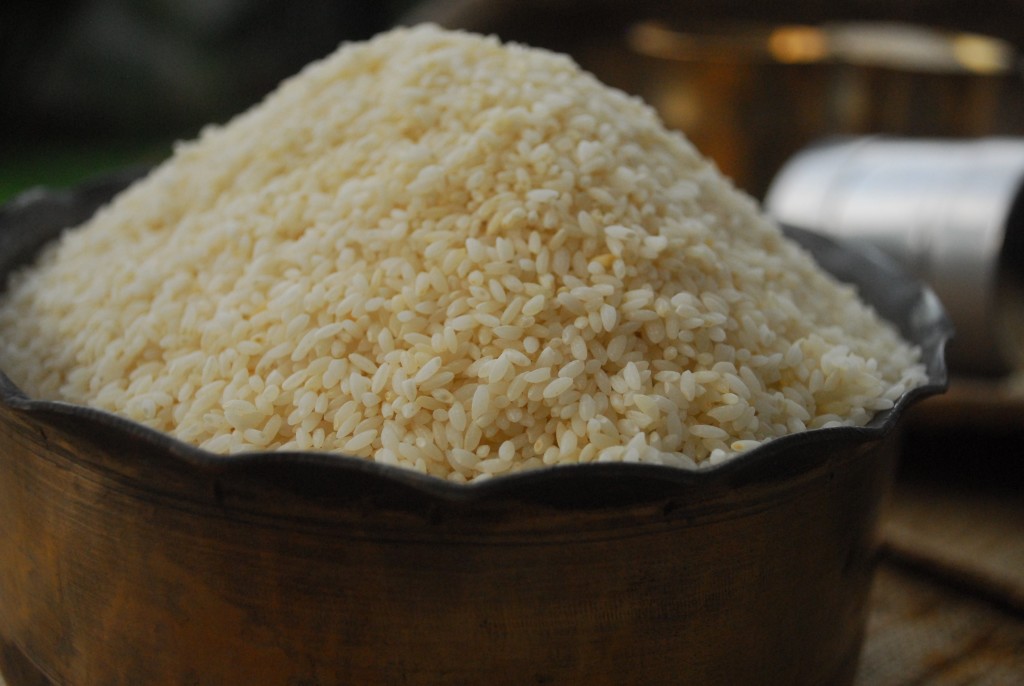
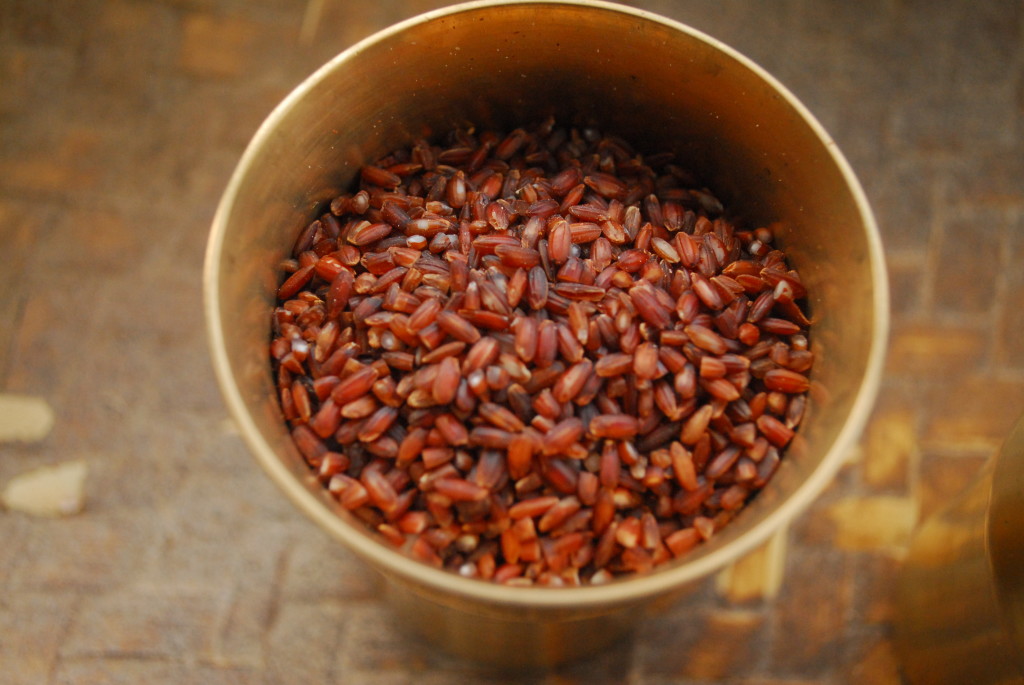
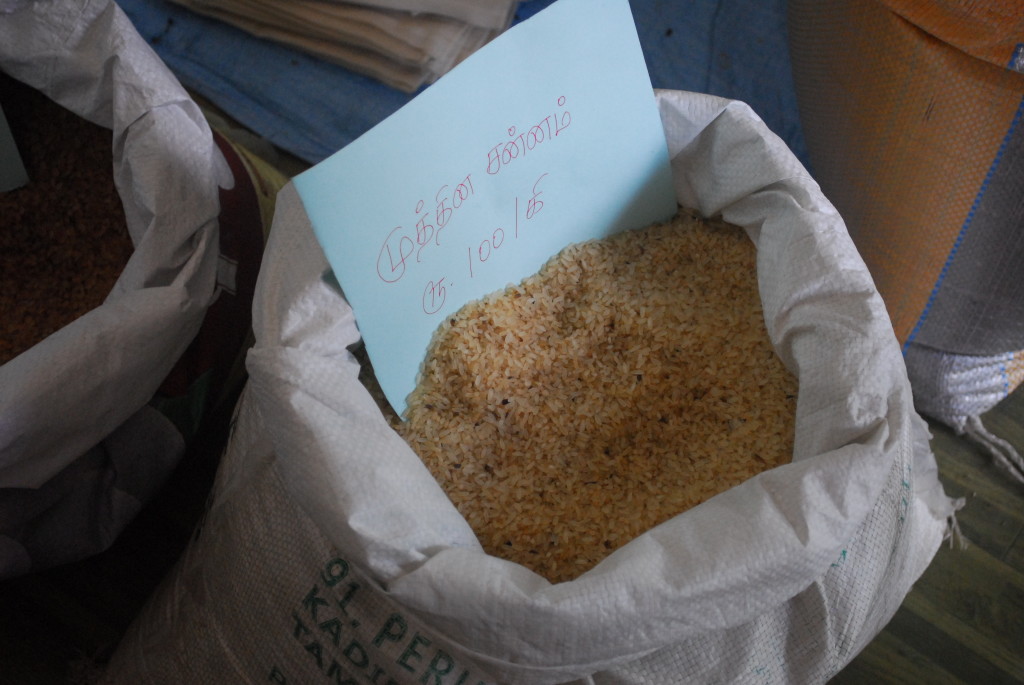
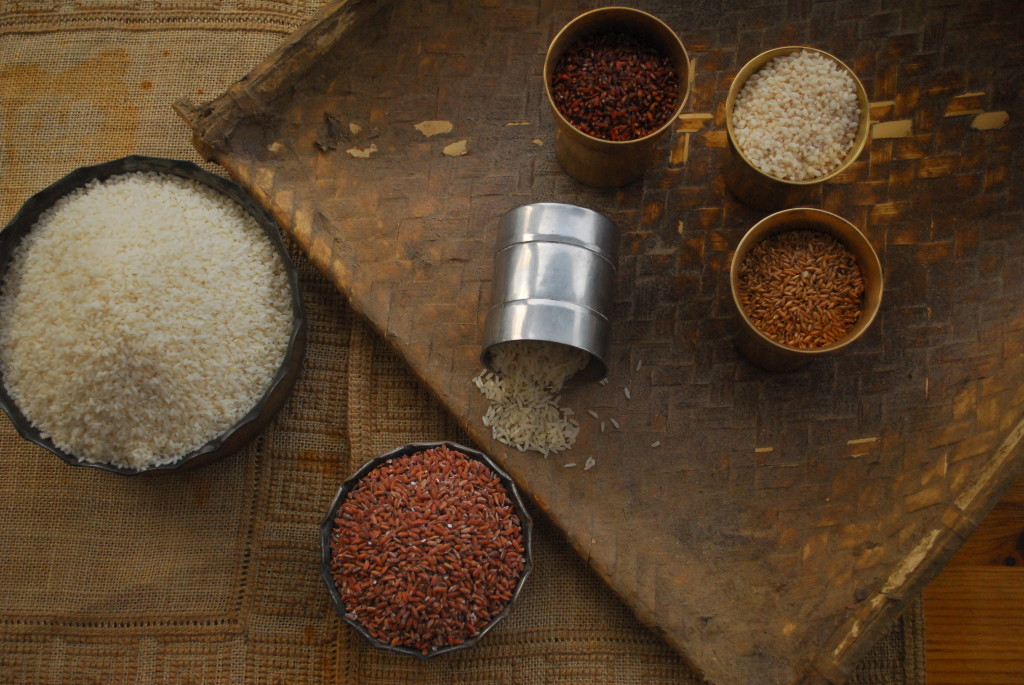
This is actually intriguing, you’re an exceptionally effective blogger. I’ve enrolled with your feed and furthermore, look ahead to reading your marvelous write-ups. What’s more, we have shared your internet site inside our social networks.